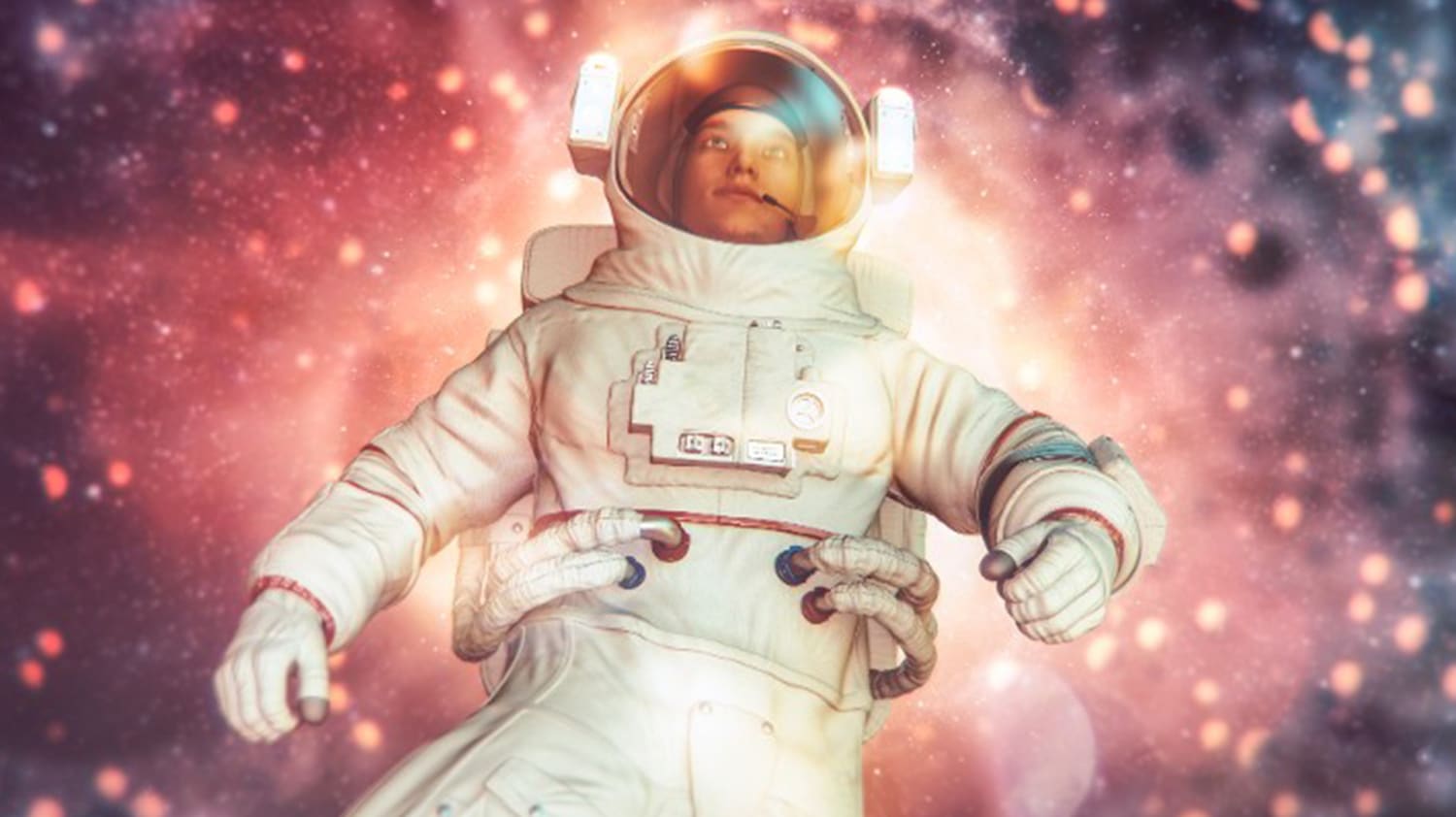In March 2024, while describing the splashdown of some of the astronauts, a NASA spokesperson said that during the six months they spent on the International Space Station (ISS) they performed more than 200 medical tests, indicating how promising space is to find life-saving answers.
Can health problems be solved from space? Science fiction? I do not know.
Research on health in space began nearly 24 years ago, from the moment the first man was sent to the ISS, with a mission as simple as that: “Ensure health. Astronauts In a remote, different and stressful environment,” explains Angelique van Ombergen, a biomedical researcher at the European Space Agency (ESA).
See also:
‘Gold’ for medical research
“A better understanding of what happens to the human body and mind in space is essential to guarantee the safety of astronauts in high-impact environments. MicrogravityRadiation, or lack of contact with your loved ones,” he continues.
After the first trips to space, scientists realized that astronauts were great probes Medical Research and HealthBecause few humans are subject to such thorough surveillance 24 hours a day.
and astronauts: before, during and after each mission.
Medical monitoring of astronauts in space and all the data it generates is gold for medical research. “Monitoring a person’s health is almost impossible in the real world,” emphasizes a researcher from the European Space Agency.
See also:
Understanding Osteoporosis
Solving one of the challenges astronauts face in space: the 1 to 2% loss of bone density per month due to microgravity has helped to understand and find solutions to osteoporosis, which reduces the quality of life for millions. of the people.
Early on, Van Ombergen recalls, the process saw the invention of the first 3D scanners to examine the skeletal structures of astronauts. ‘Osteoporosis Express’It was then essential to improve knowledge of this and other diseases.
In osteoporosis, in particular, the acidity of the body accelerates bone loss, and space research has revealed everything from basic problems to the design of a compound by consuming less salt or bicarbonate. Protects from bone and muscle mass And stimulates its growth.
Trials of the treatment, with mice sent to the ISS as part of ESA’s ‘Mighty Mice in Space’ research, indicate it could be used to prevent and treat bone and muscle loss in people on Earth.
See also:
Health in Space: A Response to Diverse Diseases
Beyond osteoporosis, experts agree, space research is key to answering current grand challenges in medicine, such as cancer or brain diseases.
Examples are numerous and few are close, such as the Polytechnic University of Madrid and Elecnor, an Albacete company that adapted spatial image analysis techniques to brain vibrations for early detection of Alzheimer’s disease with the AlzTools 3D slicer application.
See also:
Regenerative medicine
Apart from disease modeling, scientists agree that regenerative medicine will be the most promising field of health research in space in the coming years.
It is a specialty based on restoration of functions of damaged tissues or organs through stem cells, tissue engineering and organs created from biomaterials or 3D bioprinting.
Stem cells are important as the ‘raw material’ of the body, as the rest of the cells with specialized functions are generated from them, as well as organelles, which mimic real organs and help understand and treat the developmental diseases that affect them.
“The microgravity environment of low Earth orbit is ideal for large-scale production of stem cells or organoids, two keys to progress. Regenerative medicine“, explains to EFE one of the leading researchers in this field, Arun Sharma, a biologist at Cedars-Sinai Hospital in Los Angeles.
Sharma’s team, in collaboration with aerospace company Axiom, has been sending stem cells into space for a year, demonstrating that microgravity makes the production of large batches more efficient.
The production of these stem cells still has some limitations, and microgravity can overcome them because it facilitates their proliferation and potency. Our challenge is to mass-produce them in space to use them for all kinds of applications and take giant steps in medicine,” he says.
See also:
Health in Space: Cancer Treatments
Microgravity research on the ISS enables organoids to be created from tumor cells biopsied from patients without the need to grow them in a laboratory, as is done on Earth.
The development of these organoids provides researchers with valuable clues about signaling pathways or potential therapies to combat disease. tumorigenicity of the cellsSara García, a molecular biologist at Spain’s National Cancer Research Center and a reserve astronaut, explained on several occasions.
These studies in space are already helping to better understand many types of cancer, from diffuse midline gliomas, which are more aggressive in children, to colon cancer, which is common.
See also:
bio production
Bioprinting of human tissue is one of the focuses of ESA medical research, van Omburgen emphasizes.
We recently did a study that says if we’re thinking about sending humans to Mars, if we want to close the wound, we first need to prepare them for bioprinting in space. He points out.
It sounds like science fiction but it’s true: the answers to saving thousands of lives and improving health on Earth already come from space.
(with information from EFE)
Related:
They will build a rover to search for oxygen on the moon and send it to NASA
A Colombian doctor uses smart nutrition to cure diseases

